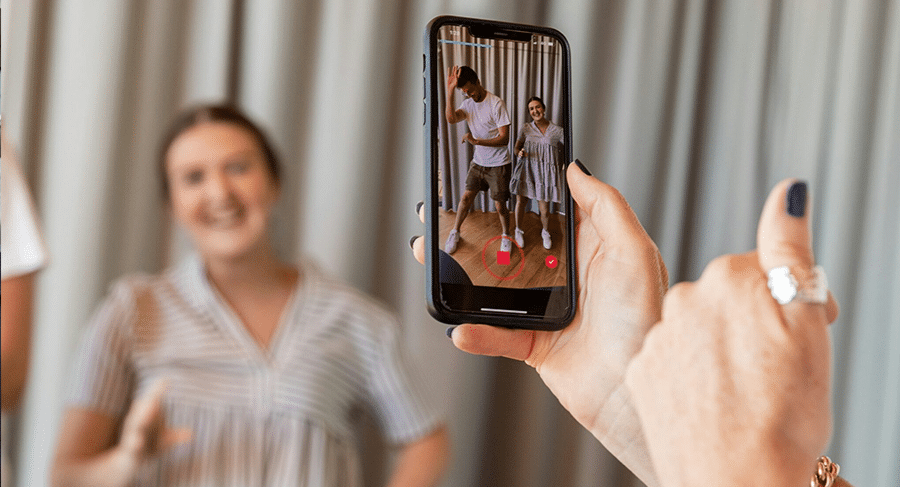Lessons in usability from a Game Developer
By MetStudios
19 August 2025
It’s easy to get lost in the cool stuff when you’re making a game – artwork, mechanics, music, explosions. But if no one can figure out how to start the thing, none of it matters.
At this year’s Develop Conference, game developer Shawn Alexander Allen (NuChallenger) delivered one of the most honest talks of the week: a deep dive into why so many games (often by incredibly talented people) fall apart at the final hurdle. The reason? Usability. Or rather, the lack of it.
Shawn has shipped games with Rockstar, launched indie titles solo, and mentored countless other developers trying to get their first games out into the world. And he’s seen it all: from menus that don’t work, to tutorials that make players rage-quit. If you’re studying games design, this is the kind of stuff that separates someone who makes “cool projects” from someone who ships a successful title.
Here are some of his most valuable lessons, and how they tie directly into what we teach at MetStudios.
Players don’t read your walls of text
You might know your game inside out, but someone hitting ‘play’ for the first time doesn’t. Shawn recalled playtesting a friend’s game where the tutorial began with a paragraph of exposition, followed by more paragraphs. He pointed out that, statistically, most people don’t read beyond the first sentence. If they’re not playing within 10 seconds, you’ve lost them.
This doesn’t mean your game can’t be complex. It means you have to introduce that complexity carefully. Think of it like a conversation: you don’t dump everything at once. You pace it. That’s smart design.
Your title screen is a first impression
Sounds basic, but you’d be amazed how many games mess this up. Menus that don’t respond. Fonts that clash. Confusing layout. Shawn showed examples where players couldn’t even figure out how to start the game because they hit the wrong key and nothing happened. In one case, a game had five different fonts competing on the same screen.
Your title screen sets the tone. If it’s messy or broken, the player assumes the rest of the game will be too. Clean design, consistent visuals, and clear instructions matter more than flashy effects.
Usability is not optional
At MetStudios, we teach that user experience (UX) isn’t something you bolt on at the end. It’s baked in from the start. Shawn said it best: you’re not designing for yourself, you’re designing for humans – real people with different play styles, different hardware, and zero tolerance for frustration.
That means thinking about:
- Control mapping that feels intuitive
- Audio that doesn’t spike or loop badly
- Menus that can be navigated easily with a mouse, keyboard, or controller
- Font sizes that are legible in all languages (German, Japanese, etc. often break UI layouts)
- Settings menus that can be accessed before starting a game
Get these wrong, and people will walk away, even if the core of your game is brilliant.
Small problems = big drop-offs
Shawn talked about “general unpleasantness” – things that are technically functional, but just feel bad. Repetitive sound effects. A menu that doesn’t loop when you press up at the top. A save system that soft-locks and forces you to restart the game.
Individually, these might seem like minor issues, but together, they create friction. And in an era where thousands of games launch every year, even the slightest friction is enough to lose a player. “People will uninstall your demo for one reason,” Shawn warned. “And they won’t come back.”
Designing for humans means caring about the details
In the end, usability is about empathy. It’s not flashy, but it’s what makes games feel good. Your game might have amazing pixel art or groundbreaking mechanics, but if it doesn’t respect the player’s time, it won’t land.
Want to build games that players actually love to play?
At MetStudios, we don’t just teach how to make games, we teach how to launch them successfully. That includes everything from gameplay loops and production pipelines to menus, tutorials, and first-time user experience.
Come visit us at one of our upcoming Open Days. See our campus, meet the tutors, and find out how we can help you build games that are fun, functional, and made for real people.













